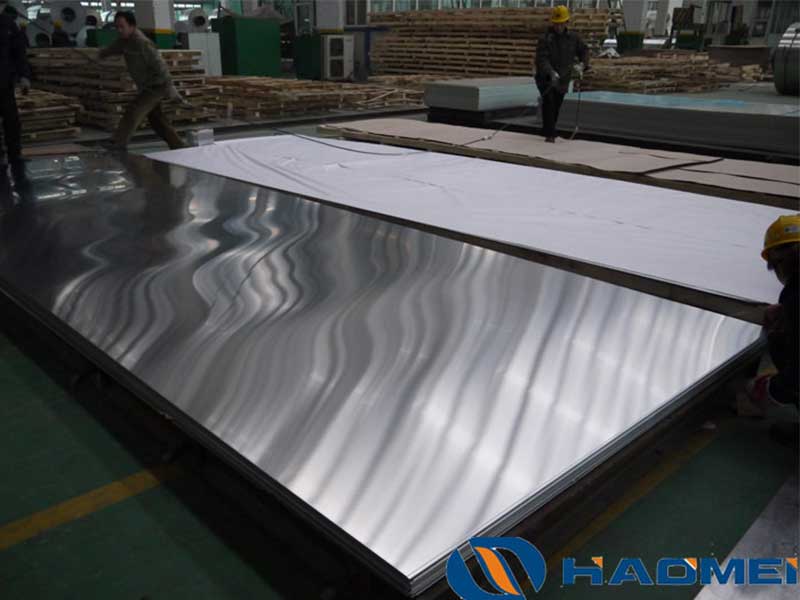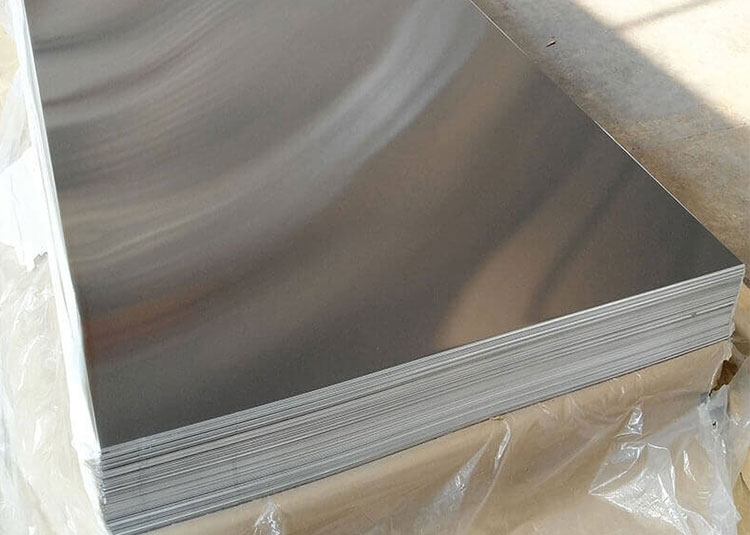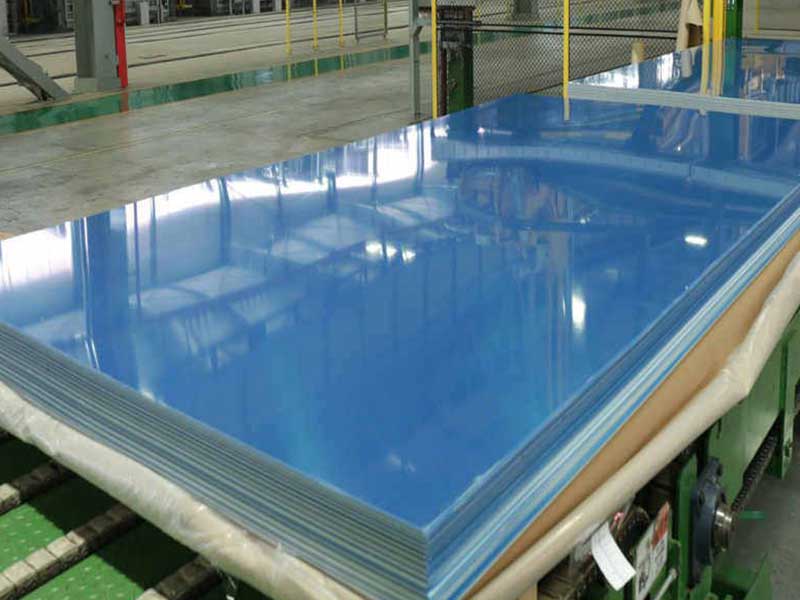Aluminium sheet alloy
Aluminium Sheet Alloy: A Versatile Ally
Aluminium has long been celebrated as one of the most versatile materials in construction, engineering, and manufacturing. Among its most prominent forms is the aluminium sheet alloy, an adaptation that marries the lightweight, corrosion-resistant nature of aluminium with superior mechanical properties owing to alloying elements.
Aluminium Sheet Alloys
Aluminium, when alloyed, showcases enhancements across a spectrum of characteristics including strength, ductility, and machinability compared to pure aluminium. Common alloying elements in aluminium alloys include copper, manganese, magnesium, silicon, and zinc, each imparting unique properties. These alloys are classified into series based on their primary alloying element, such as the 1XXX series (pure aluminium) and the 2XXX series (copper alloys) up to the 7XXX series (zinc alloys).
Characteristically, aluminium alloys can be temper treated which denotes a process of strengthening through heating and cooling, allowing the material to meet specific performance criteria for its application. For instance:
- T6 Tempering: Involves solution heat treatment followed by aging, providing enhanced strength.
- H32 Tempering: Mechanical preconditioning but retaining some work hardness, creates a balance between strength and ductility.
Alloy tempers are denoted with a coding system, such as H or T followed by numbers that exemplify the processes undergone.
Versatility at Its Best
In its sheet form, aluminium alloys boast thickness ranges from as slim as 0.2 mm to several millimeters, providing exceptional flexibility depending on required specifications. This adaptability enables designers and engineers to conceive incredibly lightweight structures without compromising safety or integrity. Throughout industries, from automotive to aerospace, the balance of weight and robustness has led to greater fuel efficiency and innovative design.
The use of aluminium sheet alloy manifests in action in applications like:
- Automobiles: Where every gram matters, as reduced vehicle weight translates into fewer emissions and improved milage.
- Construction: For roofing, wall panels, and even highways safety barriers, thanks to its durability and resistance to elemental wear.
- Electronics: Utilized in device casings for both thermal management and aesthetic appeal, incorporating sleek lines with necessary venturing features.
Sustainability — Aluminium’s Trusted Standpoint
Amid pressing environmental challenges, aluminium sheet alloys represent a sustainable choice. The energy-intensive process of traditional metal production is significantly offset by the material's recyclability. Up to 90% of aluminium can be recycled indefinitely without loss of properties, underscoring its life-cycle appeal. This attribute complements circular economy practises, which are becoming an industry norm.
Aluminium alloys either resist corrosion naturally or possess the capacity for coating — offering an enduring lifespan with minimal maintenance. The result? Less resource strain and marginal operational costs for industries relying on longevity over time.
Parameters and Implementation Standards
Using aluminium sheets requires careful deliberation on parameters defined by international engineering standards. Compliance with standards such as ASTM B209, which outlines specifications for aluminium and its alloys, is essential. Additionally, observed performance parameters vary by application and required characteristics — thickness, tensile strength, yield strength, and elongation percentage make up core evaluation checklists for user specifications.
For aluminum sheet alloys, specific chemical composition parameters play a crucial role. Here’s a high-level glance at critical properties:
| Alloy Series | Common Alloying Elements | Typical Applications | Main Properties |
|---|---|---|---|
| 1XXX | ≥99% Aluminium | Electrical, Reflectors | Excellent corrosion resistance |
| 2XXX | Copper | Aerospace, Military | High strength, moderate corrosion resistance |
| 3XXX | Manganese | Cooking utensils, Beverage cans | Moderate strength and good corrosion resistance |
| 5XXX | Magnesium | Marine environments, Railways | Good weldability and fatigue resistance |
| 6XXX | Magnesium & Silicon | Structural applications | Good corrosion resistance & medium strength |
| 7XXX | Zinc | Aerospace components | Very high strength, but lower corrosion resistance |






